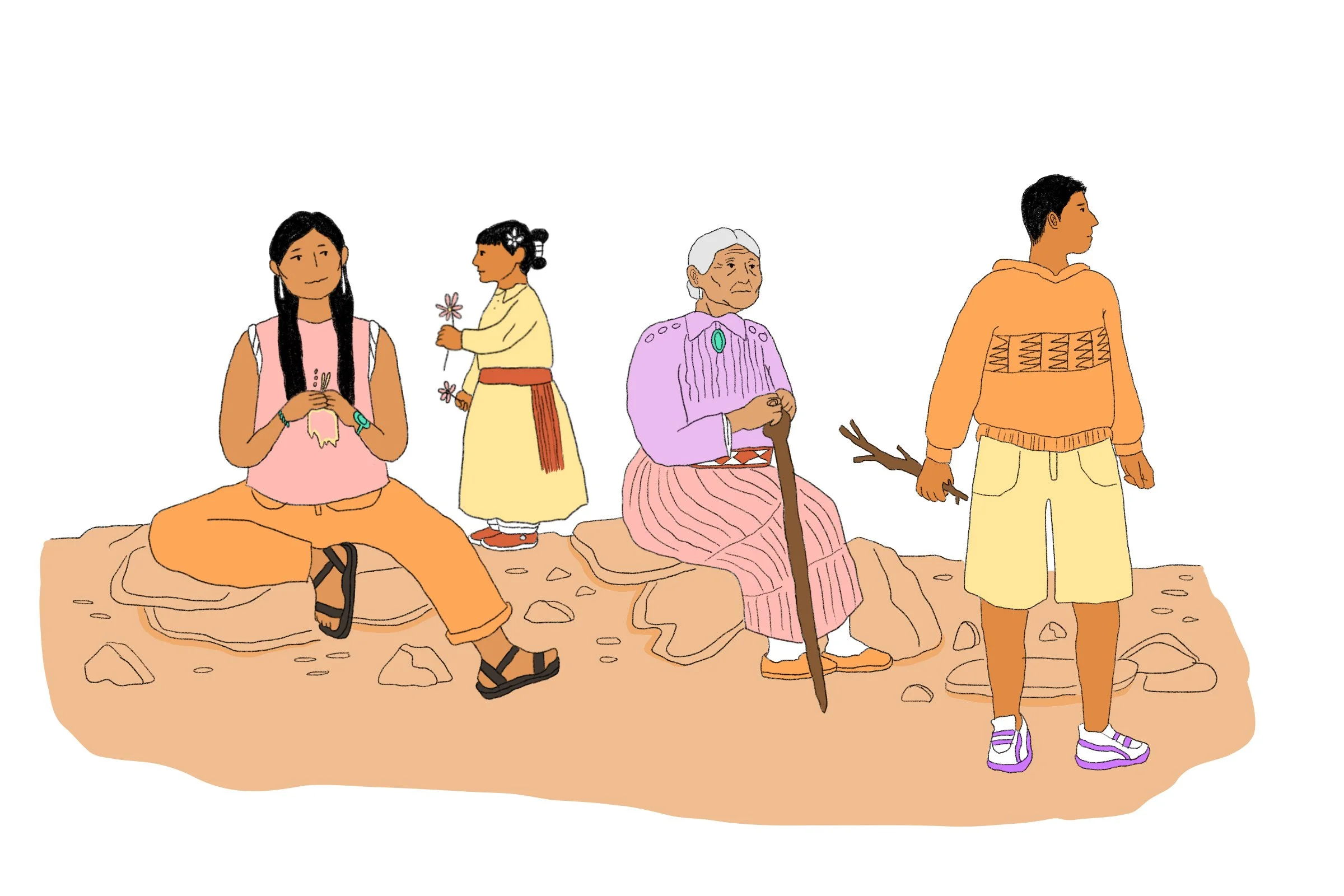Training and Speaking
Restorative Leadership
How do you show up for yourself? How do you heal yourself while healing your community, and in many cases, your family? What does self-care look like when you are trying to heal from generations of trauma? Together we will explore the answers to those questions.
Drawing on my own experience through two decades of leadership across university, the military, urban Indigenous communities and nonprofit organizations, I will work with participants to find tools and skills that they can use in their own leadership journeys. Leaning on the seminal work of Dr. Maria Yellow Horse Brave Heart, we will discuss the definition of intergenerational trauma, how it shows up in families and communities, and how to prioritize your own healing while serving others as a leader. Leadership doesn’t have to mean sacrifice. You deserve the same healing you offer others.
Intergenerational Trauma
Any work with Indigenous populations must rest firmly on the knowledge of how historical trauma impacts every generation of our people. The cumulative impact of trauma does not begin with the acute experience of an individual, but with the historical effects of colonization that have been passed down to current generations through environmental and genetic means.
Relying on both a review of published literature and experiences as the descendant of a boarding school survivor, I can offer training on how this concept should inform any victim service practice and interactions with American Indian, Alaska Native, First Nations, and wider Indigenous communities.
I will work with your team of service providers or advocates to develop a training program that gives you the tools to recognize intergenerational trauma and to access healing resources in the Native community and to ensure positive, sustained outcomes for your clients.
Federal Indian Law/MMIWP
The Missing and Murdered Indigenous Women and People crisis is not limited to rural reservations, where the jurisdictional tangle can lead to gaps in justice. It is seen at equally high rates in urban centers, such as my own. A 2018 review of data by the Urban Indian Health Institute found 506 MMIWG cases in urban centers. 153 of them did not exist in available law enforcement databases. The report concludes that the issues facing reservation communities are echoed in the reasons for the lack of justice in urban communities.
As an expert in Indian Law and how it contributes to the epidemic of violence across Native communities, I can offer insight into what aspects of our current legislative landscape should be changed, and how your organization can influence these changes. I can give background on how the current laws have developed over history, illustrating the key points in which our sovereignty as Indigenous people has been abrogated and how we must work together to end the crisis of MMIWP.
Gender-Based Violence In Native Communities
Nearly one in three Native American women have survived sexual assault, and with disproportionate rates of domestic violence, trafficking, childhood sexual abuse, and other traumas facing both urban and reservation tribal communities, every service provider must understand how to support survivors with cultural awareness and sensitivity.
By identifying the roots of this violence from initial contact with European settlers and tracing the path of dehumanization and objectification into modern-day “Pocahottie” costumes, I can give much-needed background that will assist your organization or team as they serve Indigenous survivors of violence and move through our community as an ally to our people.



